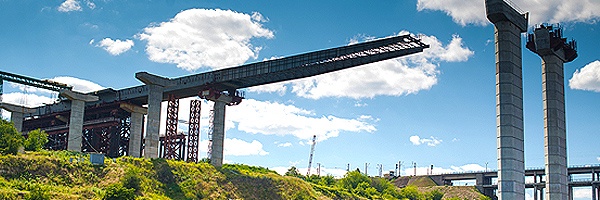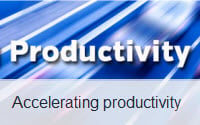
In a recent interview with several c-level executives, we had the opportunity to discuss how to bridge the gap that often exists between a company’s best demonstrated performance and its true potential.
This “execution gap” significantly impairs a company’s performance – creating missed opportunities for revenue increases of up to 15%, cost reductions of up to 20%, and capital asset productivity improvements of up to 30%.
There are varying opinions surrounding this controversial topic:
- Bob Lutz, former Vice Chairman of General Motors said leaders must step out of their comfort zone by “abandoning incremental change models and excessive faith in the ‘tried and true’” to increase performance.
- Michael Miles, former Chairman of Schroders plc and Swire Group believes that “top management is often unaware of how much opportunity exists for improvement.”
- Ray Wilcox, former CEO of Chevron Phillips Chemical mentioned the importance of key performance indicators and how "rewarding people based on those indicators is what gets the desired results."
- Mike Critelli, former CEO of Pintey Bowes explained that "execution is all about intutionalizing change" when driving performance intiatives.
In our point of view, complacency and culture play are some of the biggest culprits behind the widening gap. Benchmarking from outside sources can create a false sense of security for companies that are not operating to their true capacity. Establishing a culture that strives for continuous improvement will sustain momentum in even the most challenging of times.
Read the full article here.
You may also like...
 |
 |
 |
